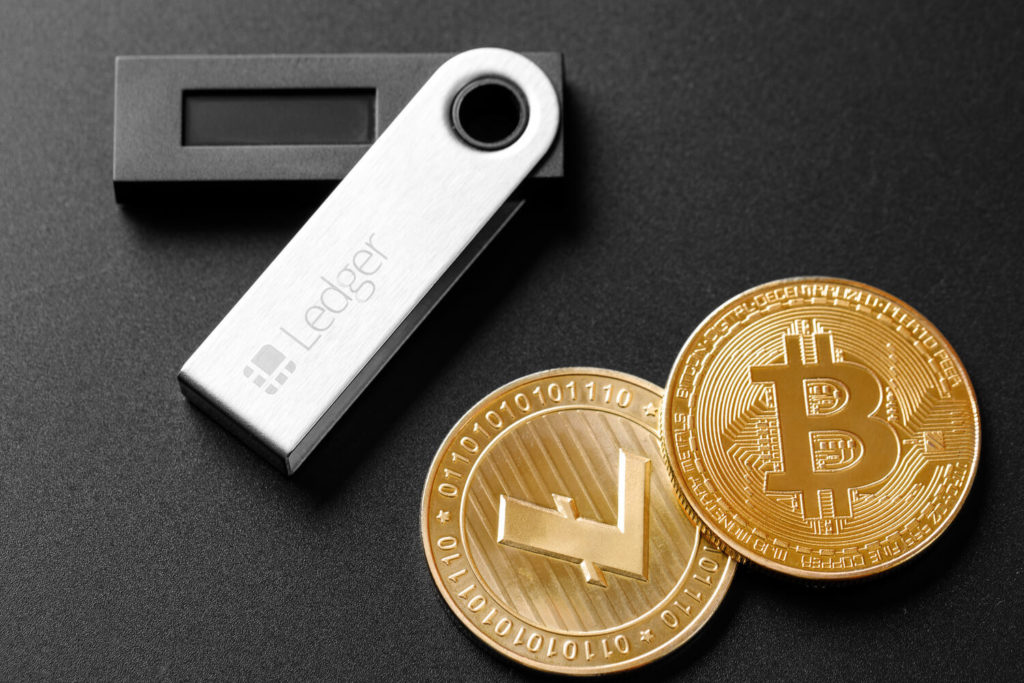Bitcoin Circulation Hits 19M While EU Introduces New Regulations
As the first quarter of 2022 drew to a close, the crypto community watched as the Bitcoin blockchain set new records for both the total circulating supply and the blockchain’s mining difficulty.
While Bitcoin records were celebrated, elsewhere the EU confirmed new regulation that has left many crypto experts wondering about the sustainability of decentralized finance (DeFi) and non-custodial wallets on the continent.
Finally, the investment firm VanEck closed out the week and excited BTC holders by releasing a report that outlined the potential price increases Bitcoin may experience if the coin became the world’s reserve currency.
- Bitcoin in circulation passes 19 million milestone
- Bitcoin mining difficulty increases to an all-time high
- The EU brings into question the future of DeFi and non-custodial wallets
- VanEck releases bullish report on Bitcoin
- Citi bank predicts metaverse is a $13 trillion opportunity
Bitcoin in circulation passes 19 million
On April 1, Bitcoin enjoyed a key milestone in its history. According to the coin aggregator, CoinMarketCap, the number of Bitcoins in circulation cleared 19 million for the first time.
The 19 millionth milestone occurred during block 730,034 of the blockchain which means that there are now less than 2 million BTC coins left to be mined.
When the coin was first launched in 2009, the creator – Satoshi Nakamoto – capped the supply of coins at 21 million. According to Statista, when the Bitcoin blockchain and cryptocurrency were first launched in 2009, the number of coins in circulation was less than 2 million. Since then, new coins have been released into circulation via Bitcoin’s mining algorithm.
As miners secure and validate the blockchain, they are rewarded with BTC block rewards. The BTC block rewards have slowly decreased over time due to Bitcoin’s pre-programmed halving event. At present, each time a new block is found, 6.25 BTC is released.
Although 19 million BTC have been released into circulation, the true circulating supply figure is estimated to be slightly lower. Over the years, many Bitcoins have become inaccessible due to lost passwords or inaccurate record-keeping, which has reduced the overall circulating supply.
The next Bitcoin halving is set to occur in 2024. It is estimated that it will take until the year 2140 before BTC block rewards cease. At that point, miners will be incentivized to continue supporting the blockchain thanks to transaction fees.
Bitcoin mining difficulty reaches all-time high
In the same week that Bitcoin circulation ticked over 19 million, Bitcoin’s mining difficulty increased to a new all-time high.
The difficulty of the mining algorithm, which allows miners to add new blocks to the blockchain to earn BTC rewards, surpassed 28 trillion. Finding a BTC block reward now requires more hash rate than at any other point in history.
Prior to the 4.31% increase experienced on Thursday, March 30, the mining difficulty had dropped during two consecutive updates of the difficulty adjustment algorithm (DAA). A new adjustment of the DAA takes place every 2016 blocks (approx. 2 weeks) and is required to keep the average block time at 10 minutes.
As new miners join the Bitcoin network, the DAA increases the difficulty so that BTC block rewards are harder to find. Conversely, if miners leave the network and the hash rate drops, the DAA decreases.
EU brings into question the future of DeFi and non-custodial wallets
On Thursday, the European Parliaments Committee on Economic and Monetary Affairs (ECON) supported a new Transfer of Funds Regulation (TFR). The TFR will require all cryptocurrency transfers to include information about the source of assets and the identity of recipients.
The rules had originally been proposed for all transfers worth over €1,000 ($1,116), however, the proposal for a transfer minimum was worryingly scrapped during the latest round of talks.
Although the European Parliament only two weeks ago voted to reject a ban on Proof-of-Work cryptocurrencies, many are now concerned that the latest proposal could significantly impact the reach of sectors such as decentralized finance (DeFi).
According to reports, the ECON committee feels that by including identifying information for all crypto transfers it will be much easier to trace and block transactions that are deemed fraudulent or suspicious.
However, the news was not warmly welcomed by members of the cryptocurrency community, and there is now a growing concern that this type of policy may set a precedent for other countries globally.
Coinbase, one of the world’s largest cryptocurrency service providers, explained that the new rules would result in crypto innovation being completely stifled on the continent.
Patrick Hansen, the Head of Strategy at Unstoppable Finance, called the latest proposals a “recipe for disaster” during a tweet. Referring to Unstoppable Finance’s thread he further explained that real-world consequences included higher transaction fees due to increased data, the inability to use self-custody wallets, and the creation of data “honey pots” that could be hacked and stolen by malicious parties.
The TFR policy will now move forward to the trialogue stage, which will include inter-institutional discussions between the Council and the European Commission.

VanEck releases bullish report on Bitcoin
One of the world’s leading investment firms, VanEck, last week released a report that outlined what may happen to the price of Bitcoin if the coin became the reserve currency underlying global (M0 and M2) money supply. The report also defined the impacts on the price of gold.
M0 refers to physical currency in the hands of the public and central bank reserves. M2, or broad money, also includes savings deposits, and forms of money that are less liquid.
Starting with gold, VanEck’s emerging markets bond investment team calculated that at M0 the average price per gold ounce would be approximately $31,000. The implied price for an M2 scenario was then calculated as $105,000 per ounce.
The same calculations were then documented for Bitcoin.
As a result of the fixed supply of 21 million Bitcoin, the report explains that the upside potential for BTC is far higher in comparison to gold. For the M0 scenario, VanEck estimates that the price of each Bitcoin would increase to $1.3 million per coin. For the M2 scenario, the VanEck report outlined that the Bitcoin price would likely increase to $4.8 million per coin.
Although the report was promising for the future price of Bitcoin, the authors of the report were quick to clarify that both scenarios would require an unusual set of circumstances to take place. “The “prices” generated in this extreme scenario in which either gold or Bitcoin become the reserve asset obviously need to be adjusted downward – they are just a starting point”, the report explains.
The report finishes by stating “Stories’ about the future of money are interesting, but if one agrees that this is a potentially new paradigm, an attempt at quantification is needed. That was our intent with this exercise – to be as specific as possible about a nebulous and complicated issue. The key asset-price implication of the big change is significant upside in gold and bitcoin.”

Citi bank sees metaverse as a $13 trillion opportunity
Citi GPS: Global Perspective and Solutions, a branch of Citi bank, one of the world’s leading financial institutions, released a detailed report last week regarding the future of the metaverse.
Encouragingly for metaverse fans, the bank expects the total addressable market for the metaverse to reach somewhere between $8 trillion and $13 trillion.
The report, titled “Metaverse and Money: Decrypting the Future”, analyses a range of different aspects involving the digital world, including the integration of NFTs, decentralized finance, and digital tokens.
The report explains, “We believe the metaverse may be the next generation of the internet — combining the physical and digital world in a persistent and immersive manner — and not purely a virtual reality world.”
Once adopted, the bank believes that the total number of metaverse users could extend to 5 billion, almost 62% of the global population.
When detailing how those users may access the metaverse, the report theorizes, “Consumer hardware manufacturers will be portals to the metaverse and potential gatekeepers. Similar to today, there will likely be a split between a U.S./international and a China/ firewall-based metaverse in addition to a spectrum based on technology and business model too, i.e., metaverse centralization versus decentralization.”
The report follows analysis released by Goldman Sachs in January, that concurred with Citi bank’s estimates. Goldman also defined the metaverse as a potential $8 trillion opportunity.

To stay up to date on all things crypto, like Xcoins on Facebook, and follow us on Twitter, Instagram, and LinkedIn.

